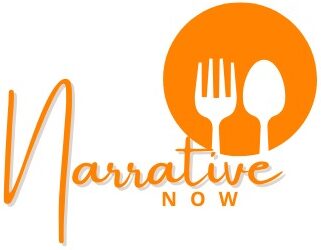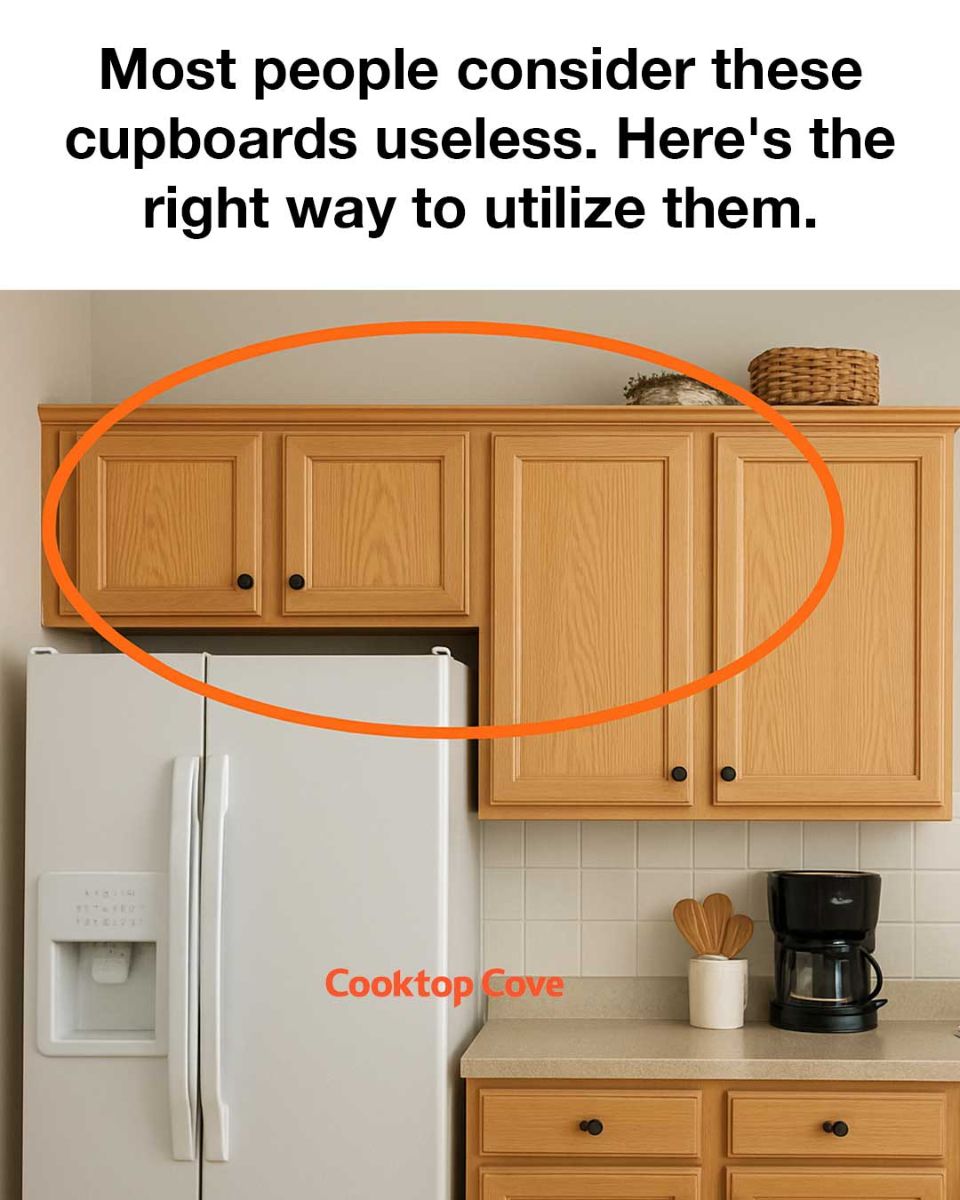7. Maintaining Safety and Accessibility
Safety is a crucial consideration when storing items in hard-to-reach places. Ensure that heavier items are stored lower down to prevent accidents when retrieving them. For cupboards that require a step stool, ensure that the stool is stable and that you have a clear path to access the cupboard.
Accessibility can be improved by using pull-out shelves or lazy Susans, which allow you to reach items at the back of deep cupboards without having to move everything in front.
8. Creative Hacks for Maximizing Space
There are numerous creative hacks to maximize cupboard space. For instance, using a pegboard on the inside of cupboard doors can provide additional storage for small items or utensils. Magnetic strips can be used to store metal lids or knives, freeing up drawer space.
Consider using under-shelf baskets to create additional layers within a cupboard, or installing a tension rod to hang cleaning supplies. These small changes can have a big impact on your cupboard organization.
9. Choosing the Right Storage Containers
Choosing the right storage containers is essential for maximizing cupboard space. Opt for square or rectangular containers, as they use space more efficiently than round ones. Clear containers allow you to see what’s inside, reducing the need to open each one to find what you need.
Consider using airtight containers for food storage, which can help keep items fresh and prevent pests. Stackable containers are also a great choice, as they allow you to make the most of vertical space.
10. Tips for Labeling and Organization
Labeling is a simple yet effective way to keep your cupboards organized. Use a label maker or write on masking tape to clearly identify the contents of bins and containers. This makes it easy to find what you need and ensures that everything has a designated place.
Organize items by category, such as baking supplies, snacks, or cleaning products, and store them together. This not only makes items easier to find but also helps in maintaining an organized and tidy cupboard.
11. Common Mistakes to Avoid
One common mistake is overloading cupboards, which can make it difficult to find items and lead to clutter. Avoid storing items that you rarely use, as they can take up valuable space that could be used for more frequently needed items.
Another mistake is failing to measure your cupboard space before purchasing storage solutions. Without accurate measurements, you may end up with containers or organizers that don’t fit properly, wasting both space and money. Always measure first and plan your storage solutions accordingly.

